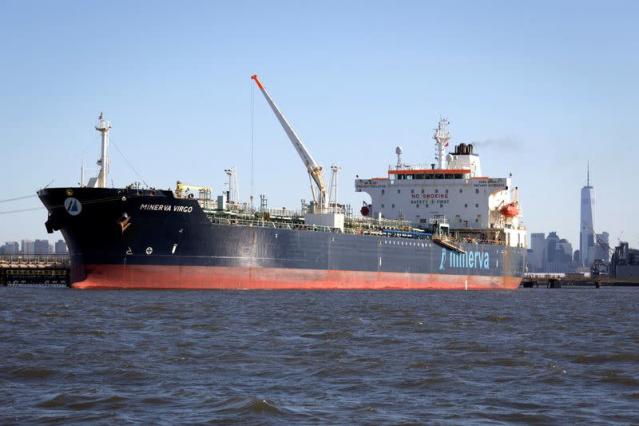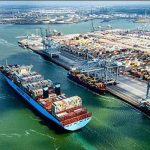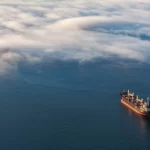Russian spy ships have been mapping offshore wind farms, gas pipelines, electricity interconnectors and internet cables in waters around Denmark, Norway, Finland and Sweden, Denmark’s public service broadcaster DR reported April 19.
DR and fellow Nordic broadcasters NRK of Norway, SVT of Sweden and Yle of Finland have been tracking messages from Russian vessels in Nordic waters back to Russian naval bases in what the broadcasters claim is a concerted information gathering exercise ahead of potential sabotage attacks.
“In the past year, DR, NRK, SVT and Yle have mapped large amounts of ship traffic data and found 50 Russian ships that have sailed in a suspicious manner over the past 10 years,” DR said.
Intercepted radio communications showed one oceanographic research vessel, the Admiral Vladimirsky, had sailed around the Baltic Sea, the Great Belt, the Kattegat and the North Sea for a month, passing current and future offshore wind farms.
In a written statement, Russia’s Ambassador to Norway Teymuraz Ramishvili told the broadcasters the work of research vessels was carried out in full compliance with international law, coordinated through diplomatic channels.
The embassy did not respond to S&P Global Commodity Insights’ requests for confirmation of the statement.
Maritime security heightened
The Nordic investigation follows a report made by Dutch military intelligence office MIVD in February accusing Russia of planning to target Dutch maritime and energy infrastructure in the North Sea.
Following Russia’s invasion of Ukraine, European energy infrastructure has been on high alert, with security tightening after a suspected sabotage attack on the Nord Stream pipelines in September 2022.
In March this year the European Commission and the High Representative adopted a Joint Communication on an enhanced EU Maritime Security Strategy to safeguard the maritime domain against new threats.
While it was national responsibility to ensure the security of critical infrastructure, European gas transmission association ENTSOG told S&P Global it would continue to exchange relevant information with transmission system operators through the Regional Coordination System for Gas “and coordinate TSOs activities to be better prepared for any crisis event.”
Vast network of assets
Both strings of the Nord Stream gas pipeline and one of the two strings of the parallel Nord Stream 2 link were hit by sabotage attacks in late September 2022 in Danish and Swedish waters. Initial probes have concluded the blasts were the result of deliberate action, but not who was responsible.
The Baltic Pipe bringing gas from Norway via Denmark to Poland — which started operations in October 2022 before ramping up to full capacity of 10 Bcm/year the following month — crosses the Nord Stream pipelines to the southwest of the island of Bornholm in the Baltic Sea.
Norwegian gas — the single biggest supply source for Europe — is delivered via a vast network of offshore pipelines linking fields to processing plants and markets in the UK, France, Belgium, the Netherlands, Germany, Denmark, and Poland.
The offshore Balticconnector gas pipeline linking Finland with Estonia began operations in 2020 and has mostly been used to send gas from Estonia to Finland. However with the commissioning of a new LNG import terminal in Finland, the interconnector can also flow gas toward Estonia.
In power, there is less than 3 GW of offshore wind capacity operational in the Baltic Sea, mainly in Danish and German waters.
Orsted, operator of five offshore wind farms in Danish waters and five in German waters, said it never commented on its security arrangements.
Subsea cables proliferate in the North Sea and Baltic Sea, meanwhile, with aggregate transit capacity exceeding 20 GW. Damage to the IFA1 cable caused by an anchor drag during November 2016’s Storm Angus took around four months to repair.
Source: Hellenic Shipping News





